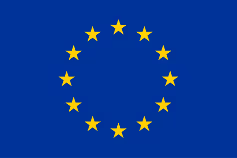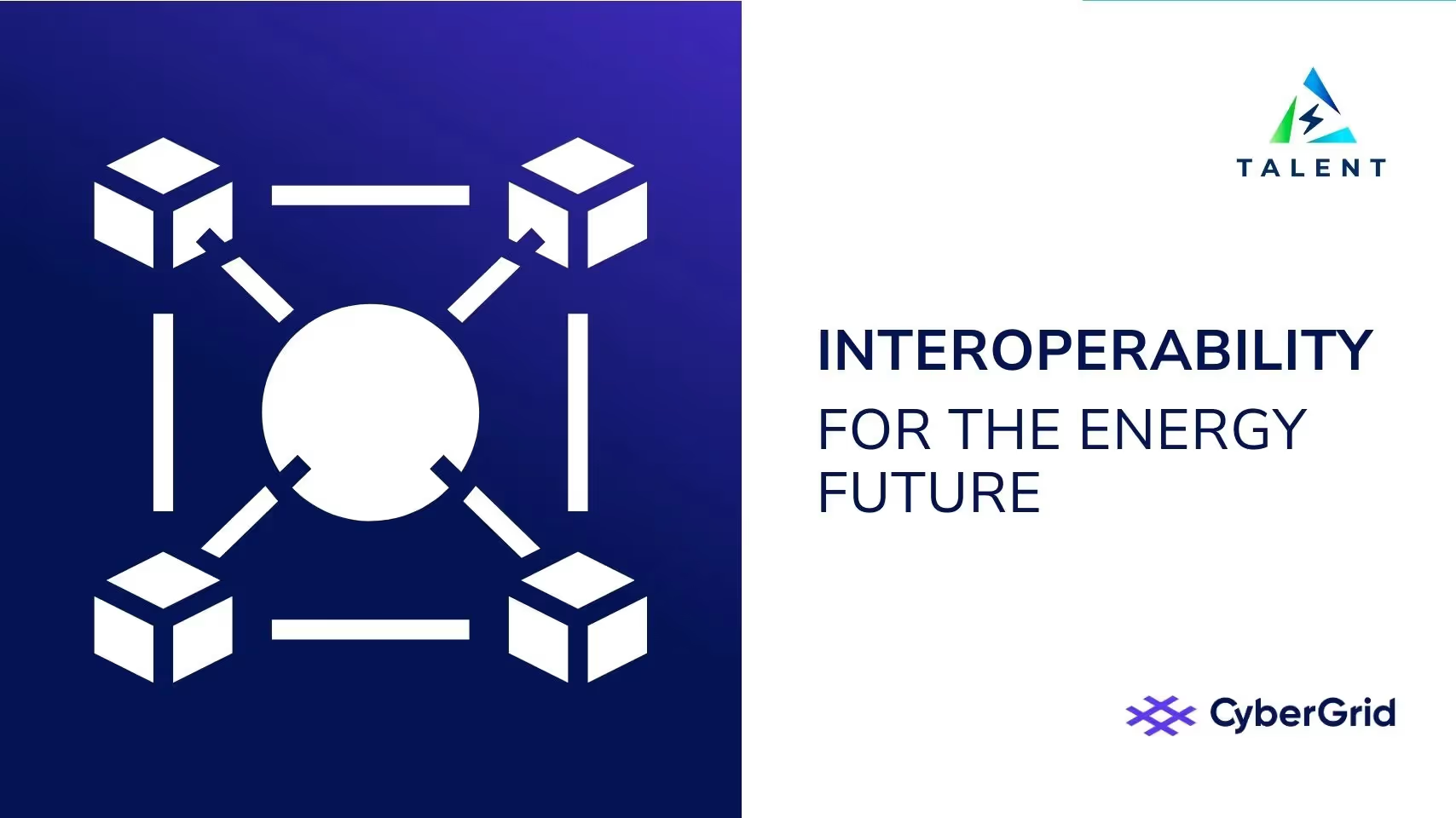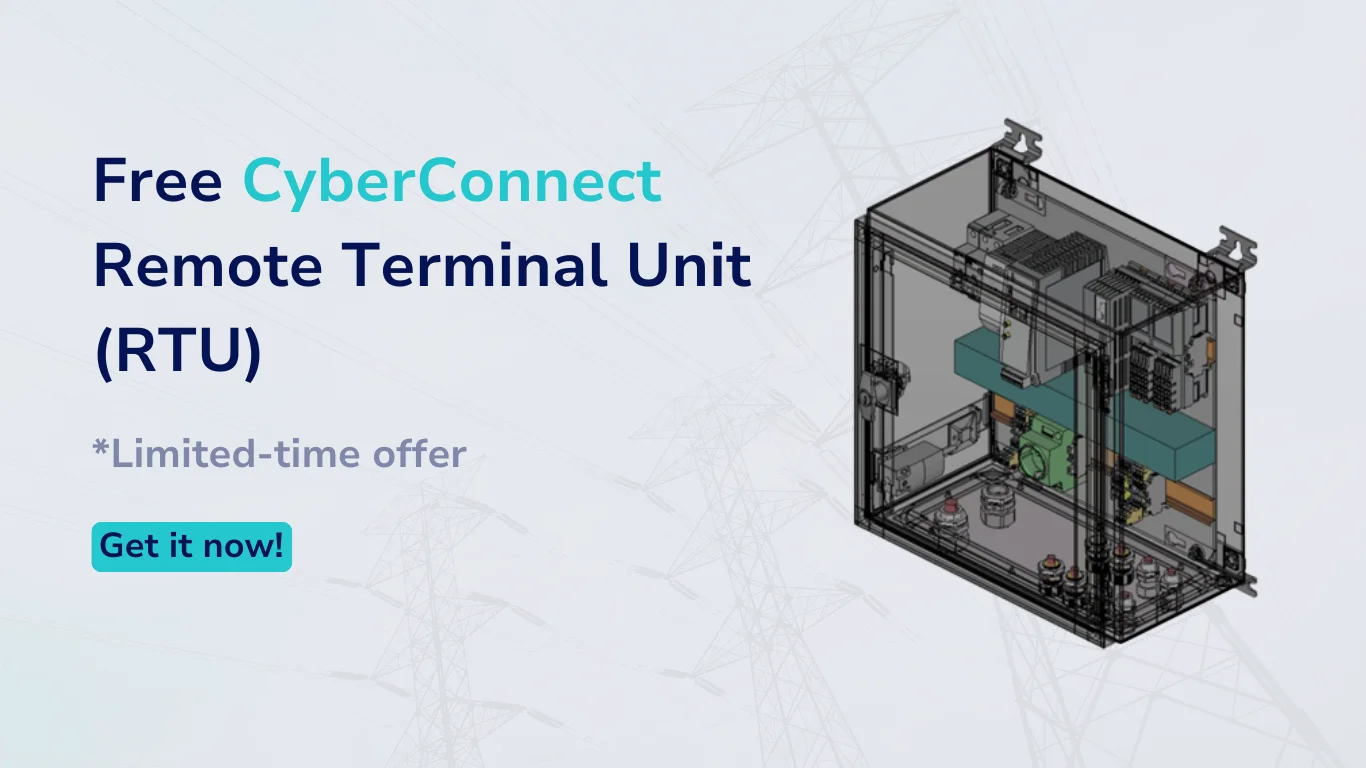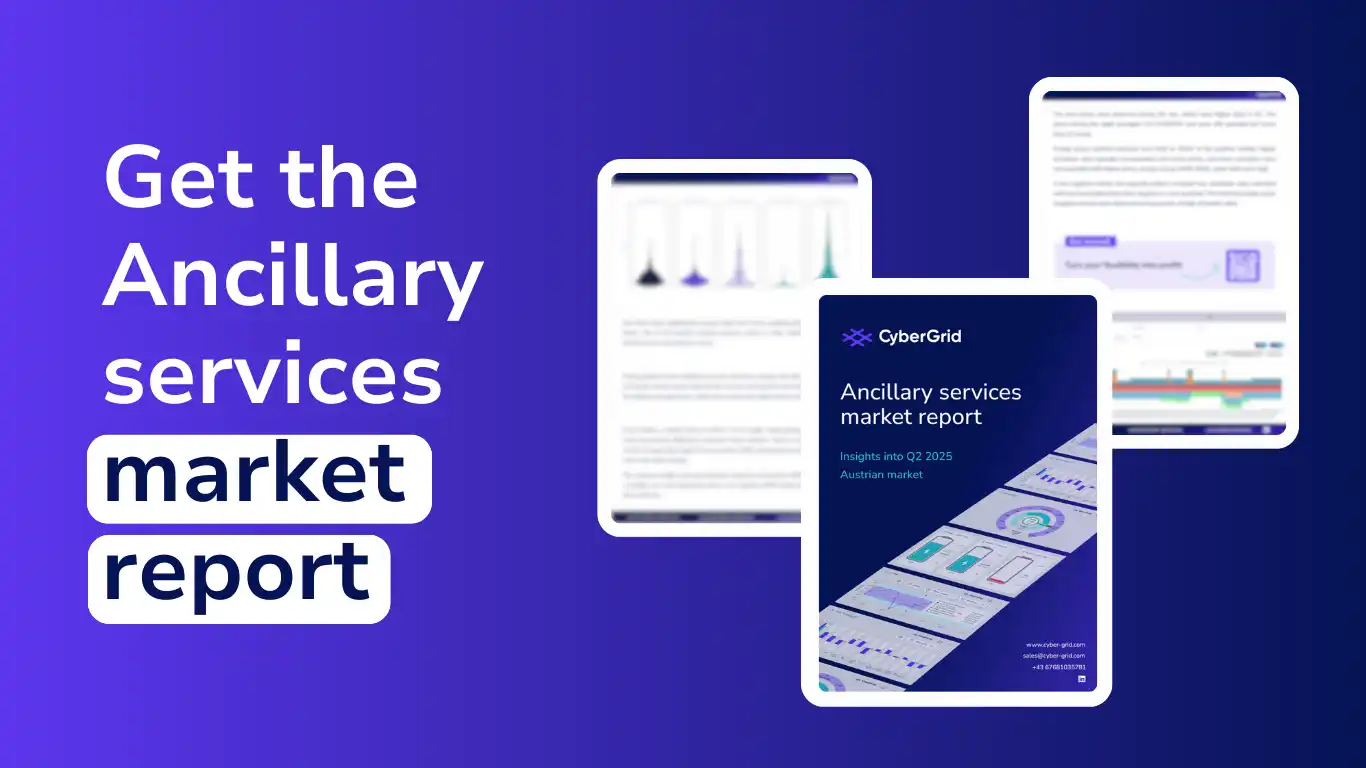How are digital interoperability and sustainability connected?
With the growing availability of renewable energy sources and battery storage, interoperable solutions are needed to enable the optimal integration of these distributed resources into the grid. Interoperability is a key factor for future energy development. Electrical grids are undergoing revolutionary changes, as they are no longer being fed by centrally located power plants alone. New and renewable energy sources, especially solar and wind plants are continuously being integrated into the grid to provide price-efficient and environmentally friendly electricity supply as well as to balance the growing demand for power.
In addition, battery storage systems are increasingly being integrated in order to improve the stability of the power grid, regulate frequency, and generally facilitate the integration of renewables into the existing power system. Digital interoperability is key for renewable energies and battery storage to 'talk' to the grid. This all sounds positive - it’s the low-carbon sustainability everyone is calling for in order to slow down climate change, so where is the catch?
Networks must connect seamlessly
Due to the natural condition of wind, sun, and water, renewable energies undergo fluctuation in generated electricity, and their operation is difficult to forecast. The information systems used by renewable energy sources and by intermediate battery storage systems must be able to “talk” to the power grid and vice versa, to communicate such natural changes in supply. Clearly, systems connecting renewable energies to the electrical network must be comprehensive, stable, and secure to enable seamless and automated access to energy supply. Interoperable solutions are thus needed to integrate the different resources and to adapt to various end-users’ requirements. To further improve interoperability between energy assets, flexibility management software is used to aggregate, optimize, and channel these resources.
“With the help of technological tools, the various energy systems are administered dynamically, allowing for a smooth digital connection between energy sources (“flexibilities”) and the electric grid by supporting different communication protocols.”, stated Peter Nemcek, CTO and Co-Founder at CyberGrid.
How is the project TALENT contributing to interoperability?
The software solution developed for H2020 project TALENT acts like a digital “energy traffic hub”, efficiently integrating renewable energies and battery storage devices at different power scales (multi-home, district, and utility). Within this solution, the flexibility management platform 'CyberNoc' pools the flexible resources into a Virtual Power Plant (VPP) and distributes the load. The VPP is further connected to the distributed hybridized energy management system (DHEMS) controlling distributed resources on a local level.
In TALENT, CyberGrid's VPP is further connected to the distributed hybridized energy management system (DHEMS) controlling distributed resources on a local level. Providing an interoperable link between renewable energy assets, battery systems and smart grids, CyberNoc thus plays a key role in European-wide efforts for a greener, carbon-neutral future. Digital interoperability and sustainability are closely connected. In the words of Peter Nemcek: “We know for sure there will be no sustainable energy transition without smart grids, and no smart grids without interoperability!”





